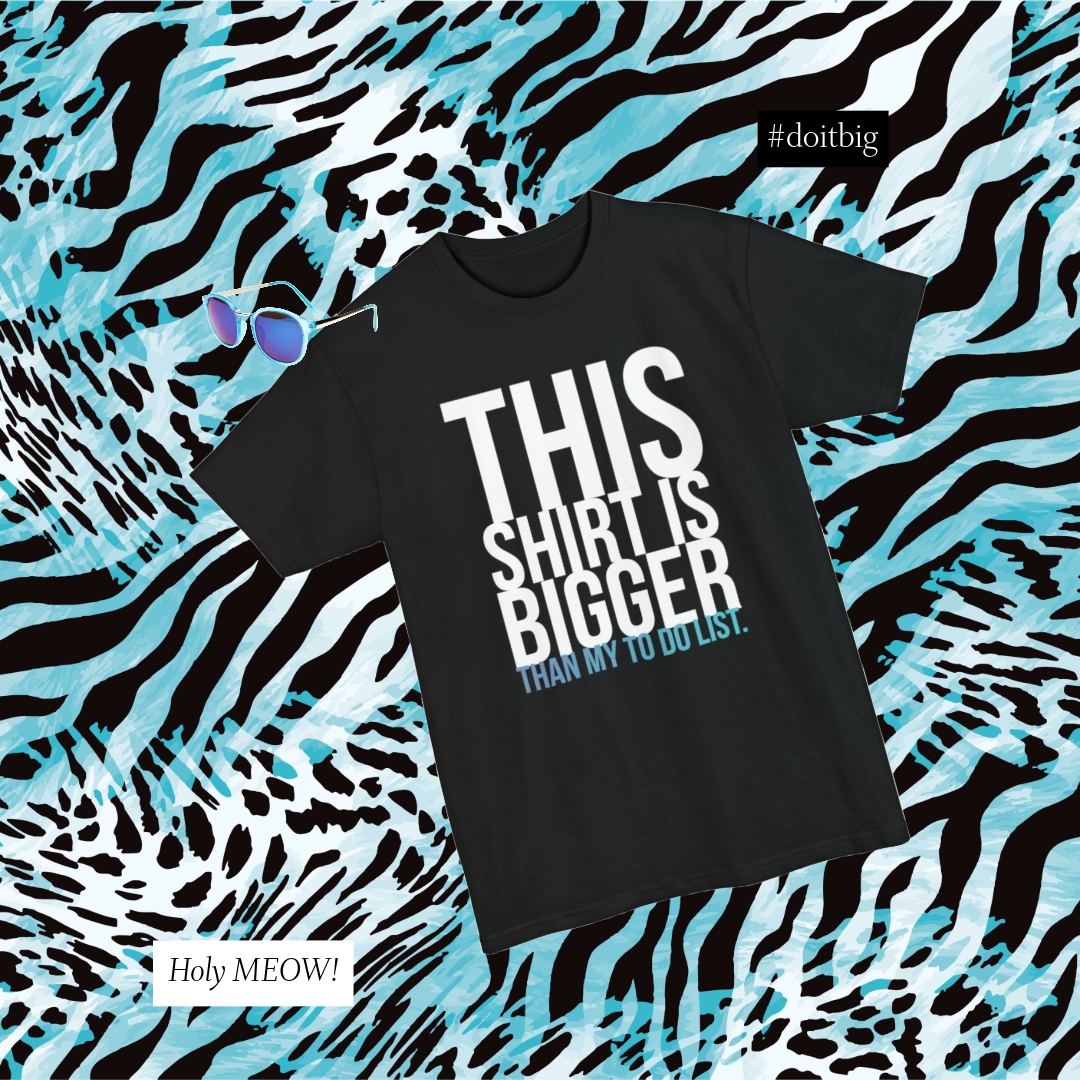
Branding is the heart of strategy. Marketing is executing the strategy. Brand Management is the ongoing work done to maintain a consistent brand identity. It starts with creating your brand identity but it doesn’t end there.
What is Brand Management?
Branding is the heart of strategy. Branding is who you are. Correspondingly, brand management is strategic and it is not simply creating the brand itself. It is the ongoing work done to maintain a consistent brand identity. Brand managers work closely with the marketing team which can include social media, research, content and design teams to manage both the tangible and intangible aspects of a brand. This means that brand management is ultimately about a connection between visuals and emotions.
Tangible assets include the components of visual identity:
- Logo
- Website
- Design
- Typography
- Color Scheme
- Product/Service Visuals
- Ad Campaign
Intangibles assets include the emotional components:
- Personality – Human characteristics and attributes
- Vision – Long-term goals
- Purpose – Mission, values and impact
- Community – Emotional connection to the audience
Brand Managers maintain the cohesiveness of the brand by understanding how the tangible and intangible assets of a brand relate to and affect one another. For instance, design, which is a tangible asset, should be connected to the companies vision, which is an intangible asset. Therefore, if your companies vision is to be an innovator in your industry, the design should reflect that. An ad, which is another tangible asset, goes hand-in-hand with personality, which is an intangible asset. In accordance, the written content, tone and voice of the ad should be unique to the brand and appeal to a specific audience. How do you put a value on the oh so important intangible elements of a brand? While you can’t directly measure intangible assets, you can measure them indirectly by attaching them to a goal. Consequently, this is where marketing comes in.
What is Marketing?
Marketing is the tactics used to execute a brand strategy. This is how brand awareness is created. Communication is always changing and evolving therefore, your tactics must also adapt. Marketing Managers in general are more tactical than strategic, however, the most successful marketing managers are very brand conscious, constantly evaluating messaging and visuals along with each tactic and their attached goal. These tactics can include:
- SEO
- Content Marketing
- Social Media Marketing
- Television and Radio Advertising
- Print Campaigns
Marketing managers have multiple responsibilities that may include SEO monitoring, managing campaign budgets, executing tactics for different customer demographics, analyzing customer feedback, managing marketing staff and directing social media strategies. These responsibilities are very different than that of a brand manager. Even so, many business owners conflate the two (Brand Manager and Marketing Manager) in hopes to hire one person, typically a marketing manager to do the job of both. This might make sense for smaller businesses with only a few products and services. However, for larger businesses or small businesses with several or more products or services, it’s important to know that their roles and responsibilities are different with some areas of overlap because they must work together to reach your business goals.
So, which comes first?
Because branding is at the center of strategy, it must come first. There is no secret sauce, quick fix or formula. Every brand is different which means that brand managers start from a place of asking questions and understanding. It’s important to clearly define who you are as a brand prior to creating a brand identity and formulating your businesses specific marketing strategy and tactics.
Many business owners conflate the two (Brand Manager and Marketing Manager) in hopes to hire one person, typically a marketing manager to do the job of both. It’s important to know that their roles and responsibilities are different with some areas of overlap because they work together to reach your business goals.
While it’s possible to achieve success without branding, your business will have greater and more sustainable success with a brand identity and brand management. Remember, branding is not a one-time practice that you complete when you start your business. It’s an ongoing process that informs your marketing methods, business philosophy and the future of your business.
Let’s Collaborate
TELL US ABOUT YOUR PROJECT
We love messages and meeting for coffee or tea at one of our favorite local spots. Drop us a note and we’ll get back to you as soon as possible…
























 Just giving you the heads up: We use cookies and other tracking doodads to make your browsing experience as sweet as a freshly baked batch (Website
Just giving you the heads up: We use cookies and other tracking doodads to make your browsing experience as sweet as a freshly baked batch (Website